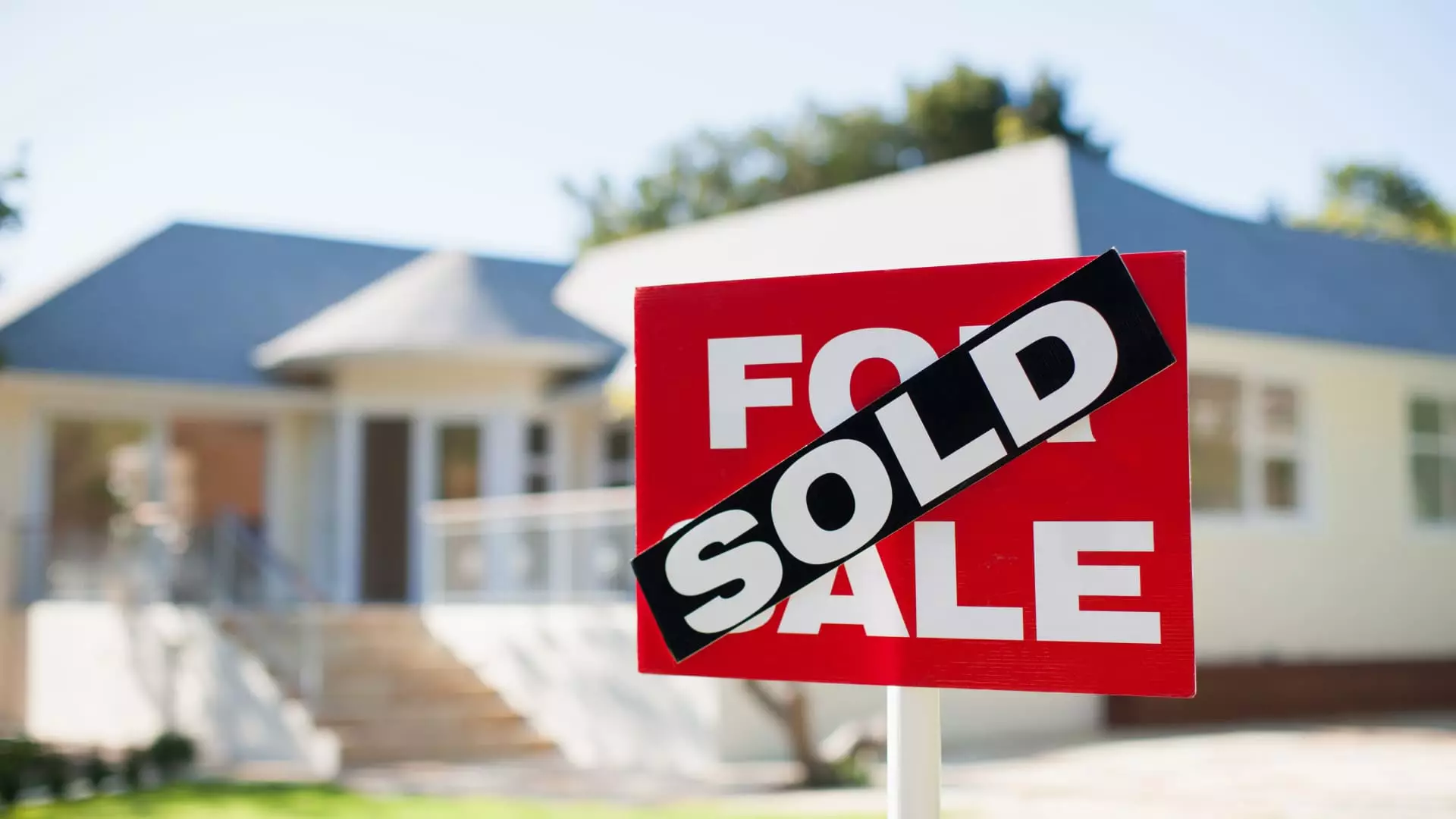In an increasingly lucrative housing market, U.S. homeowners are finding themselves in a complex situation regarding capital gains taxes when selling their properties. Recent trends indicate that as home equity values soar, more sellers are likely to encounter taxable profits that exceed the thresholds established for capital gains exclusions. Yet, there are strategic ways to manage these tax implications that are often overlooked or misunderstood.
When homeowners sell their primary residence, they are eligible for a significant tax benefit that can greatly reduce the taxable amount they owe. Single filers can exclude up to $250,000 in profit from capital gains taxes, while married couples filing jointly can exclude up to $500,000. This exemption, however, is subject to specific requirements that must be met to qualify.
According to a recent report from real estate analytics company CoreLogic, the percentage of homes sold that exceeded these limits has grown markedly. Merely 3% of homes sold in 2019 surpassed the capital gains limits for joint filers, while that figure has now escalated to nearly 8% in 2023. These rising numbers show just how quickly property values are climbing, particularly in states where housing markets remain robust.
Certain regions within the United States have experienced even sharper increases in home sale profits, particularly in states such as Colorado, Massachusetts, New Jersey, New York, and Washington. In these high-cost areas, more sellers are discovering that their profits from property sales are not just substantial but also trigger capital gains taxes. This trend underscores the importance of location in real estate investment and highlights the associated financial challenges that homeowners face as they seek to capitalize on their equity.
Experts in finance and taxation emphasize that many sellers may not be fully aware of the strategies available for reducing their capital gains tax liability. One key tactic is to increase the home’s “basis,” or the initial purchase price, by recording capital improvements. Adding valuable renovations—such as updating kitchens and bathrooms, installing new roofs, or enhancing the landscape—can effectively raise this basis. As Mark Baran from CBIZ explains, these improvements can accumulate over time to ensure that profits stay within the $250,000 or $500,000 exclusion limits.
However, it’s crucial to note that typical home repairs or maintenance—like fixing leaks or replacing broken fixtures—do not factor into the basis according to IRS guidelines. By distinguishing between improvements and repairs, homeowners can strategize effectively to enhance their property value before selling.
Another often-overlooked aspect is considering the various costs incurred during the sale and purchase processes. Certain expenses such as title fees, legal fees, and transfer taxes can be deducted from the home’s gross selling price, ultimately lowering taxable profits. Financial expert Tommy Lucas points out that even small adjustments in these costs could potentially lead to several thousand dollars in savings on your tax bill.
This nuanced understanding of expenses related to both the buying and selling of properties is essential for homeowners looking to maximize their profits while minimizing their tax liabilities.
As U.S. real estate values continue to surge, homeowners must become proactive in their understanding of capital gains tax implications. The increasing number of properties that fall above the capital gains exemption thresholds highlights the necessity for strategic planning. By taking the time to consider all potential deductions and improvements, homeowners can make informed decisions that will ultimately pay off, both financially and in terms of tax responsibility.
Navigating the complexities of capital gains taxes requires more than just awareness; it demands action. Homeowners should consult financial experts, keep meticulous records of improvements and costs, and proactively plan for tax implications to safeguard their investments as they enter this vibrant and sometimes overwhelming real estate market.

